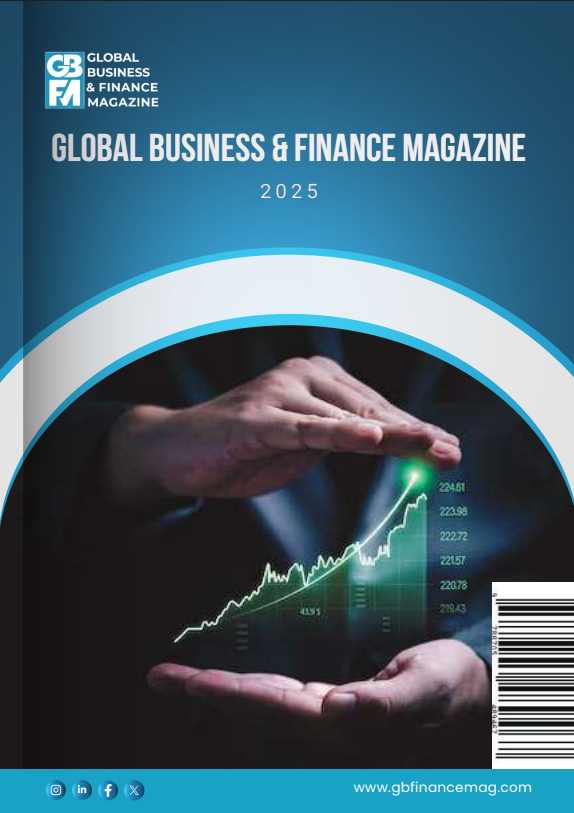Since 2016, many governments have issued ‘green’ debt instruments to support the transition to a low-carbon economy. This column shows that a yield discount on green sovereign bonds, or ‘greenium’, exists but is very small, around two basis points in advanced economies and 13 basis points in emerging markets. Still, the greenium rises when climate transition risks are salient and for issuers more vulnerable to climate change. Going forward, governments and international institutions should strengthen the credibility of green-bond frameworks, integrate climate priorities into the budget process, while also recognising that sovereign green bonds are not a fiscal panacea.
Since Poland’s pioneering issuance in 2016, more than 30 governments and many government agencies have issued debt instruments labelled as ‘green’, promising to finance projects that support the transition to a low-carbon economy. Policymakers have often portrayed these bonds as tools that can simultaneously deepen sustainable capital markets and lower governments’ borrowing costs. But do they? Do investors genuinely accept lower yields to support environmental goals? And if so, does this discount translate into meaningful fiscal space for climate investment?
In a new paper (Panizza et al. 2025), we provide evidence on the magnitude and drivers of the sovereign ‘greenium’ – the yield discount that green sovereign and quasi-sovereign bonds enjoy relative to otherwise identical conventional bonds.
Evidence from matched green and conventional bonds
Using daily secondary-market data on 332 matched pairs of green and conventional bonds issued between 2014 and 2023, we find that the greenium exists, but it is very small: around two basis points in advanced economies and 13 basis points in emerging markets. Consistent with earlier studies (Zerbib 2019, Kapraun et al. 2019, Ando et al. 2024), we find that the greenium is larger for lower-rated issuers and for emerging markets. Expressed relative to yields, this means that the greenium in emerging markets is roughly three times larger in proportional terms. Moreover, the greenium in emerging markets exhibits distinct temporal dynamics: it rose steadily until the end of 2021, after which it began to decline (see Figure 1).
Figure 1 The evolution of the greenium across all bonds and in emerging markets


Notes: The two panels show the evolution of the greenium (a more negative value indicates a larger greenium). Each point shows the estimated greenium (with 95% confidence interval) for the previous 120 days obtained from a model that controls the bid-to-ask spread, the log of the bond face value, remaining time to maturity (in days), pair-date fixed effects. Standard errors are clustered at the bond level. The left panel uses all bonds, the right only bonds issued by emerging markets (EM).
Further, we document that the greenium rises when climate transition risks are salient and for issuers more vulnerable to climate change, as measured by the IMF’s adaptation of the INFORM vulnerability index. A one standard deviation increase in vulnerability is associated with a greenium that is roughly four basis points larger; a similar rise in transition-risk salience adds about one basis point. When both factors interact, the greenium more than doubles.
These results suggest that global climate news and local exposure jointly shape investor behaviour: investors value green sovereign bonds most when the climate agenda is in the spotlight and when issuers face tangible physical risks. Yet despite its statistical significance, the economic magnitude of the greenium remains tiny.
The modest price effect stands in contrast to the political enthusiasm that accompanied the launch of sovereign green bonds. Governments and development banks have often presented them as breakthrough mechanisms for ‘financing the transition’ (IMF 2022a, OECD 2020). Yet if yield discounts are only a few basis points, their fiscal impact is negligible – especially once the costs of certification, reporting, and monitoring are accounted for.
The existence of a greenium implies that investors derive some non-pecuniary utility from holding labelled green assets – what Pastor et al. (2021) call a ‘green preference premium’. The persistence of this premium, even in sovereign debt markets where credit risk is identical across bonds, supports theories of preference-driven asset pricing (see also Fama and French 2007, Zerbib 2019). Further, the finding that the greenium increases when there is more news about transition risk indicates that salience affects these preferences. The small but persistent sovereign greenium is also consistent with demand-side explanations rooted in segmented markets and constrained investors. Dedicated ESG funds, banks subject to green-tilted regulation, and central banks that include green securities in eligible collateral pools all generate inelastic demand. As shown by Karpf and Mandel (2018) for US municipal bonds and by Flammer (2021) for corporates, green securities often attract higher bid-to-cover ratios and oversubscription. Sovereign green bonds are no exception: the UK’s inaugural green gilt in 2021 was nearly ten times oversubscribed, and Germany’s first green Bund was five times oversubscribed. In our data, such demand pressures correlate with modest yield discounts that persist even after controlling for liquidity.
However, the small size of the greenium reveals the limits of such preferences or market segments. Several mechanisms may explain this. First, many investors appear willing to ‘pay for virtue’ only when it is cheap. Second, in advanced economies, where environmental spending is already mainstreamed through the budget process, the marginal benefit of green labels is limited. Third, credibility concerns may limit investors’ willingness to accept lower returns. Sovereign green bonds rely on voluntary reporting and reputational discipline rather than contractual enforcement. In our review of bond documentation, none of the sovereign green bonds in our dataset include clauses allowing investors to declare default if environmental promises are not met. There are no legally binding commitments regarding the use of proceeds or measurable environmental outcomes. This absence of enforceability echoes the findings of Bolton et al. (2022), who show that the ESG value of sovereign bonds depends more on trust and reputation than on legal design. Without credible mechanisms, investors cannot be sure that green labels correspond to additional environmental spending rather than the relabelling of existing projects.
A small greenium does not necessarily mean green bonds are useless. They may still play a catalytic role in market development and signalling. Cheng et al. (2024) show that debut sovereign green bond issuance spurs corporate green issuance, improves secondary-market liquidity, and increases demand for external reviews. Similarly, IMF (2022b) and Dell’Atti et al. (2022) find that sovereign green bonds can reduce perceived risk – as reflected in lower credit default swap (CDS) spreads – particularly during periods of stress. This signalling function is consistent with the findings of Flammer (2021) in the corporate bond market.
Policy implications
Our findings suggest three policy lessons:
- Strengthen credibility. Governments and international institutions should embed measurable and verifiable commitments in green bond frameworks. As argued by Bolton et al. (2022), transparency and accountability are essential to align sustainable finance with real outcomes. External audits, standardised taxonomies, and legal clauses linking use of proceeds to performance could help.
- Integrate climate priorities into the budget process. Labelled instruments are no substitute for mainstreaming climate policy in public finance. The small greenium shows that market incentives alone cannot deliver large-scale fiscal relief. Governments should focus instead on improving project pipelines, disclosure, and debt-management strategies that align green objectives with macro-fiscal planning.
- Recognise the limits – and the value – of signalling. Sovereign green bonds can foster market development, reputational benefits, and investor diversification, especially in emerging economies. But they are not a fiscal panacea. Understanding this will help temper expectations and guide a more credible next phase in sovereign sustainable finance.
Source : VOXeu



































































